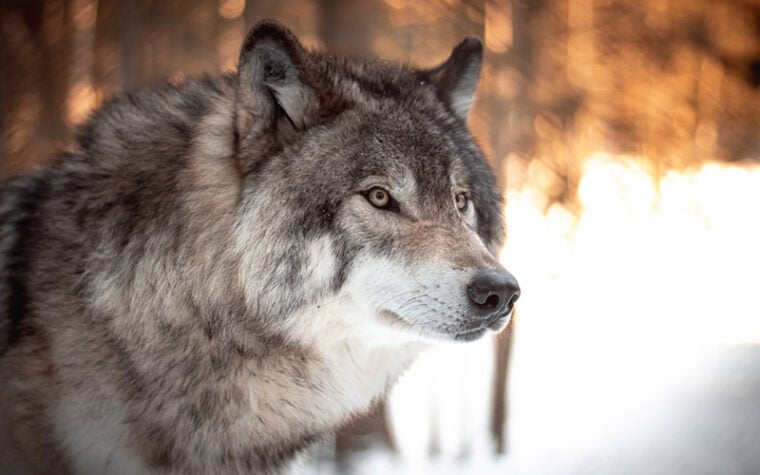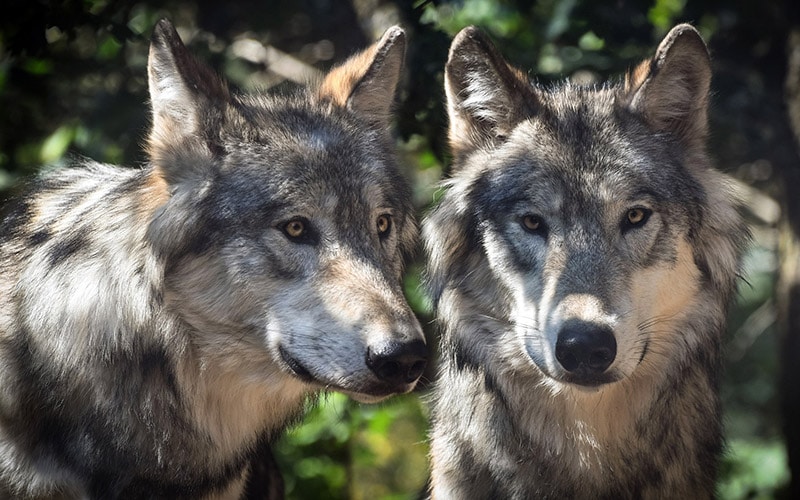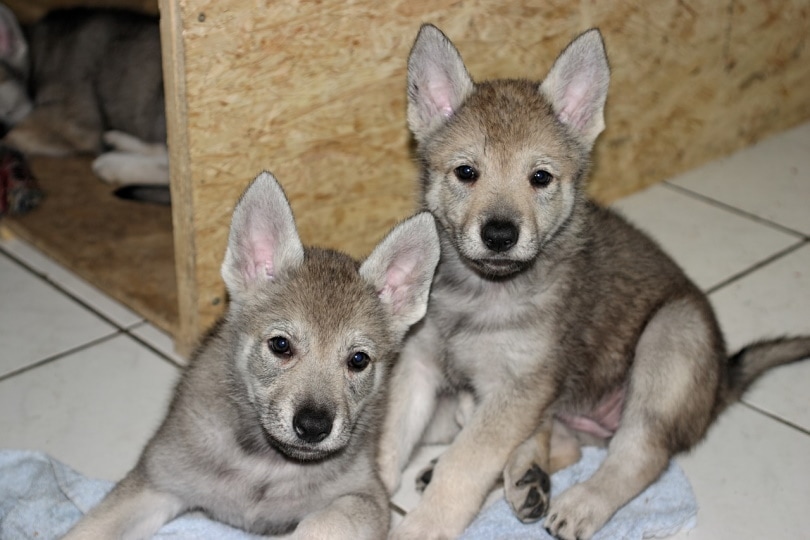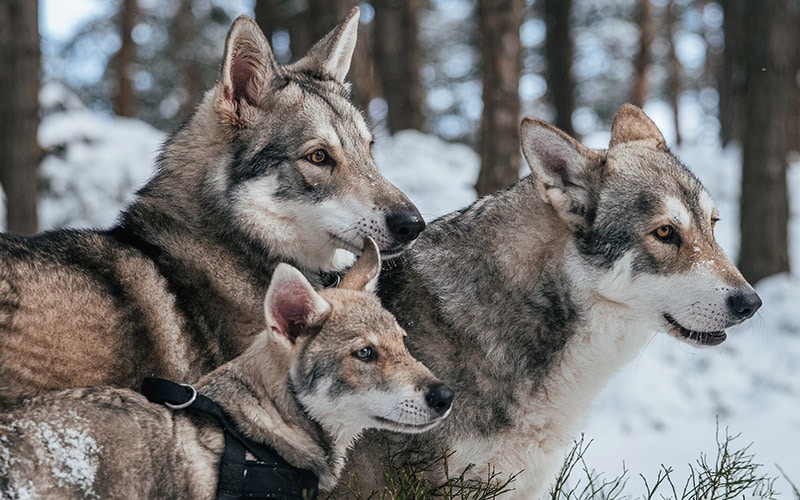
It’s hard not to think that breeds like the Alaskan Malamute, German Shepherd, or Siberian Husky must be part wolf. Many look like dead ringers for their wild counterparts. Wolves and dogs indeed share a common ancestor. They diverged between 27,000–40,000 years ago to go along their evolutionary paths.1 However, does that mean that the two canines can still mate?
The answer is yes. They can and do, with an estimated 300,000 such crossings in the United States alone.2 That’s more than the global population of Canis lupus. The backstory is an interesting tale of genetics, behavior, and legality.3
Genetic Relationship Between Wolves and Dogs
It’s essential to understand how and why scientists classify wolves and dogs. It explains the genetic relationship that exists between the animals and provides the answer to this question. The canines are both in the Canis genus. Three distinct species and 40 subspecies exist worldwide. Canis lupus is the scientific name of the Gray Wolf.4 The domesticated dog was Canis familiaris.
However, scientists continue to debate whether our canine companions are a subspecies of the Gray Wolf. That explains why you may see the domesticated dog named Canis lupus familiaris. Let’s begin with defining what a species is.

Viability of Wolf-Dog Crossbreeds
According to Nature.com, a species is “…a group of organisms that can reproduce with one another in nature and produce fertile offspring.” Both parts of that definition apply to wolves and dogs. It’s possible because the animals share 99.96% of their DNA. Dogs, wolves, coyotes, and dingos have the same number of chromosomes (78). That makes dogs and wolves infertile.
Not only can the canines breed, but they can also produce offspring that can also mate. They aren’t sterile like mules. Therefore, technically, they aren’t hybrids. Instead, you’ll see them called crossbreeds or wolfdogs to reflect their true genetic relationship. You may also see the term admixture, which describes species that once diverged and now can breed.
Crossbreeding occurs in the wild and selectively. Some people believe wolfdogs make better guard dogs. Unfortunately, that isn’t quite true, which we’ll discuss later. However, it helps explain the large population in the United States. Male wolves can mate with female dogs and vice versa. The offspring are viable and capable of breeding in either case.

Barriers to Wolves and Dogs Mating
Size is a barrier with some dog breeds. After all, a wolf can get between 50–80 pounds, depending on where it lives. Animals in more northerly locations tend to be larger. Dogs are a reflection of the thousands of years of domestication. They reach sexual maturity earlier than wolves. The latter usually mates once a year between January and March. On the other hand, dogs aren’t seasonal breeders.
Of course, wolves live in packs, with only the alpha pair reproducing. An unfamiliar dog approaching the group will likely get run off or worse. Wolves will staunchly defend their territories against interlopers. Wolves and dogs undoubtedly understand each other, with no communication issues.

Things to Know About Wolf-Dog Crossbreeds
Many myths exist about wolfdogs. They aren’t necessarily any healthier than domesticated dogs, nor do they live longer. Wolves aren’t the bloodthirsty predator ready to bounce any human who dares cross their path. While there have been fatal human-wolf encounters, these canines are usually wary of people. Many residents in areas where wolves live, such as Minnesota, never see these elusive animals.
Therefore, a wolfdog that attacks is probably acting out of fear, in which case, the canine is unpredictable and potentially dangerous.
Many states and localities ban wolfdogs. Others have restrictions, requiring registration and castration of the animal. Remember that this canine still has wild instincts that may fuel unwanted behavior. Another pet or child running away from a wolfdog may trigger its prey drive. Also, many veterinarians refuse to treat them. Notably, an approved rabies vaccination for wolfdogs doesn’t exist.
It’s worth noting that the American Veterinary Medical Association (AVMA) opposes pet ownership of canine hybrids.
Conclusion
An interesting genetic relationship exists between wolves and dogs. While the two couldn’t be more different behaviorally, they share 99.96% of their DNA. Therefore, they can mate and produce pups. The young can, in turn, also breed. Nevertheless, wolfdogs don’t make good pets because of their unpredictable nature. We strongly urge you to follow the advice of the AVMA.
Featured Image Credit: Milo Weiler, Unsplash






